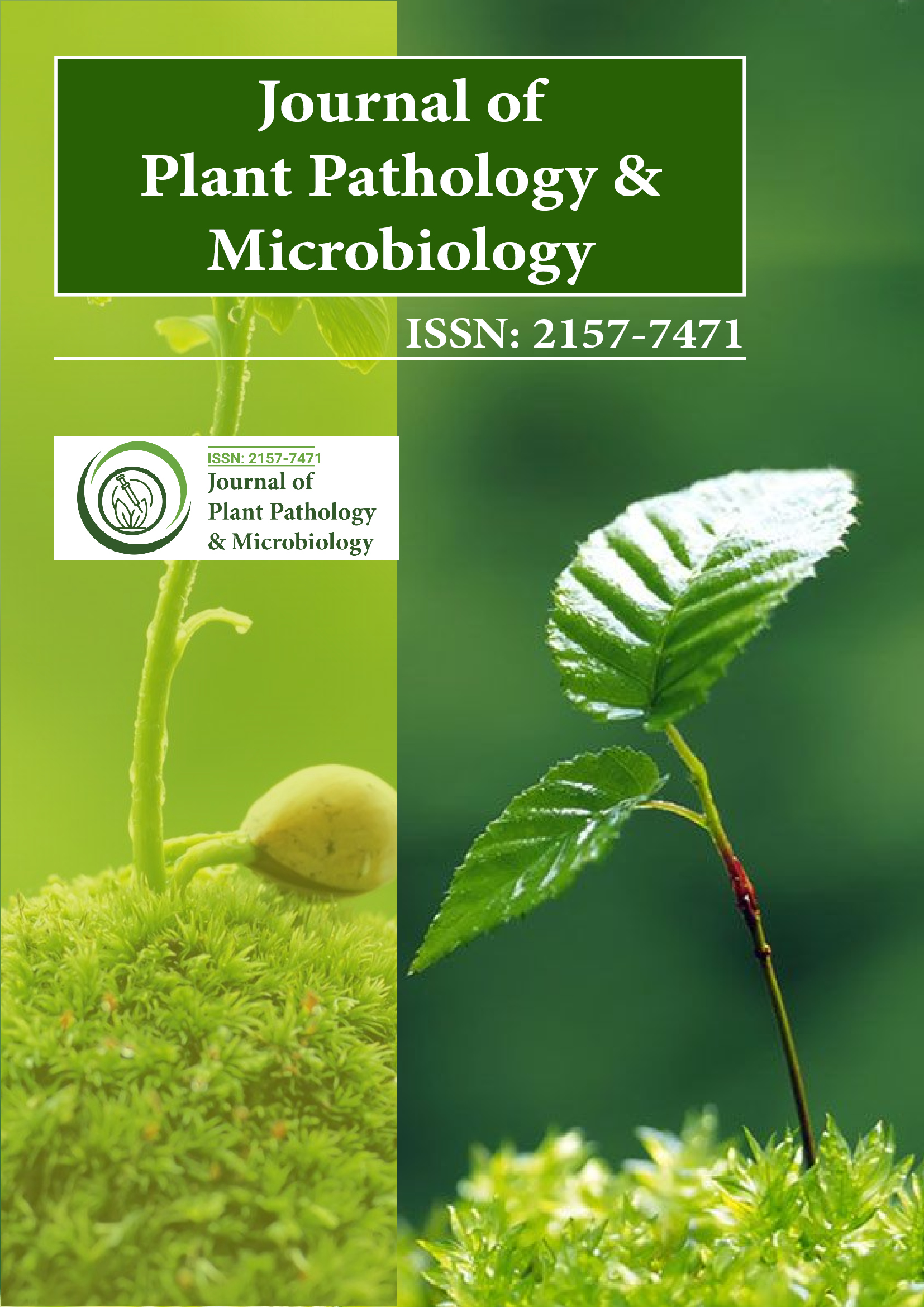зҙўеј•дәҺ
- жү“ејҖ J й—Ё
- Genamics жңҹеҲҠжҗңзҙў
- еӯҰжңҜй’ҘеҢҷ
- жңҹеҲҠзӣ®еҪ•
- еј•з”Ёеӣ еӯҗ
- д№Ңе°”йҮҢеёҢзҡ„жңҹеҲҠзӣ®еҪ•
- и®ҝй—®е…ЁзҗғеңЁзәҝеҶңдёҡз ”з©¶ (AGORA)
- з”өеӯҗжңҹеҲҠеӣҫд№ҰйҰҶ
- еӣҪйҷ…еҶңдёҡдёҺз”ҹзү©з§‘еӯҰдёӯеҝғ (CABI)
- еҸӮиҖғжҗңзҙў
- з ”з©¶жңҹеҲҠзҙўеј•зӣ®еҪ• (DRJI)
- е“Ҳе§ҶиҫҫеӨ§еӯҰ
- дәҡеҲ©жЎ‘йӮЈе·һEBSCO
- OCLC-WorldCat
- еӯҰиҖ…жҢҮеҜј
- SWB еңЁзәҝзӣ®еҪ•
- иҷҡжӢҹз”ҹзү©еӯҰеӣҫд№ҰйҰҶ (vifabio)
- жҷ®еёғйҡҶж–Ҝ
- ж—ҘеҶ…з“ҰеҢ»еӯҰж•ҷиӮІдёҺз ”з©¶еҹәйҮ‘дјҡ
- 欧жҙІй…’еҗ§
- и°·жӯҢеӯҰжңҜ
жңүз”Ёзҡ„й“ҫжҺҘ
еҲҶдә«жӯӨйЎөйқў
жңҹеҲҠдј еҚ•

ејҖж”ҫиҺ·еҸ–жңҹеҲҠ
жҠҪиұЎзҡ„
жңЁйңүиҸҢеҺҹз”ҹиҙЁдҪ“иһҚеҗҲеҜ№йҳІжІ»жҹҗдәӣеңҹдј з—…е®ізҡ„еҪұе“Қ
Hardik N LakhaniгҖҒDinesh N VakhariaгҖҒAbeer H MakhloufгҖҒRagaa A Eissa е’Ң Mohamed M Hassan
з”ЁиЈӮи§Јй…¶еҲҶзҰ»е“ҲиҢЁжңЁйңүNBAII Th 1е’Ңз»ҝиүІжңЁйңүNBAII Tv 23зҡ„еҺҹз”ҹиҙЁдҪ“гҖӮеҜ№е“ҲиҢЁжңЁйңүе’Ңз»ҝиүІжңЁйңүиҝӣиЎҢдәҶеҺҹз”ҹиҙЁдҪ“иһҚеҗҲгҖӮдә§з”ҹзҡ„иһҚеҗҲеҺҹз”ҹиҙЁдҪ“е’Ң21дёӘиһҚеҗҲеӯҗеҲҶзҰ»ж Әз”ЁдәҺз ”з©¶е®ғ们зҡ„жӢ®жҠ—жҙ»жҖ§е’ҢдёҺе…¶дәІжң¬зӣёжҜ”зҡ„RAPD-PCRиЎЁеҫҒгҖӮеңЁиһҚеҗҲеӯҗеҲҶзҰ»ж ӘдёӯпјҢF7еҲҶзҰ»ж Әдә§з”ҹзҡ„з”ҹй•ҝжҠ‘еҲ¶з—…еҺҹдҪ“жңҖеӨ§пјҲдёҺдәІжң¬иҸҢж ӘзӣёжҜ”еўһеҠ дәҶ1.5еҖҚпјүгҖӮйҷӨиһҚеҗҲеӯҗF21еӨ–пјҢжүҖжңүжөӢиҜ•зҡ„иһҚеҗҲеӯҗеҲҶзҰ»ж ӘеҜ№е°–й•°еӯўиҸҢзҡ„жӢ®жҠ—жҙ»жҖ§еқҮй«ҳдәҺдәІжң¬иҸҢж ӘгҖӮйҖҡиҝҮ7дёӘRAPDеј•зү©иҺ·еҫ—дәҶзү№е®ҡзҡ„жҢҮзә№еҲҶжһҗз»“жһңгҖӮиҝҷдәӣж Үи®°дә§з”ҹдёҚеҗҢзҡ„зүҮж®өжЁЎејҸе’ҢдёҚеҗҢзҡ„еёҰж•°пјҢжҖ»е…ұдә§з”ҹ79дёӘдёҚеҗҢзҡ„еёҰгҖӮеӨҡжҖҒжҖ§еёҰдёә16.5%пјҢеҚ•жҖҒжҖ§еёҰдёә83.5%гҖӮжӯӨеӨ–пјҢOPO-13еј•зү©жҳҫзӨәеҮәжңҖй«ҳзҡ„еӨҡжҖҒжҖ§35.3%гҖӮиҖҢOPA-16еј•зү©жҳҫзӨәеҮәжңҖдҪҺзҡ„еӨҡжҖҒжҖ§9.0%гҖӮеҹәдәҺRAPDж Үи®°з»“жһңзҡ„ж ‘зҠ¶еӣҫе°ҶдёӨдёӘдәІжң¬иҸҢж Әе’Ң21дёӘиһҚеҗҲеӯҗеҲҶжҲҗдёӨдёӘдёҚеҗҢзҡ„з°ҮпјҢйҒ—дј зӣёдјјжҖ§зәҰдёә83%гҖӮ第дёҖдёӘз°ҮеҢ…еҗ«дёӨдёӘдәІжң¬иҸҢж Әе’Ң20дёӘиһҚеҗҲеӯҗпјҢ第дәҢдёӘз°ҮеҢ…еҗ«иһҚеҗҲеӯҗF2гҖӮжң¬з ”究结жһңиЎЁжҳҺпјҢеҺҹз”ҹиҙЁдҪ“иһҚеҗҲжҠҖжңҜеҸҜз”ЁдәҺејҖеҸ‘дјҳиүҜжқӮдәӨиҸҢж Ә并еўһејәжңЁйңүиҸҢеҜ№еҸ—иҜ•з—…еҺҹзңҹиҸҢзҡ„жӢ®жҠ—жҙ»жҖ§гҖӮ